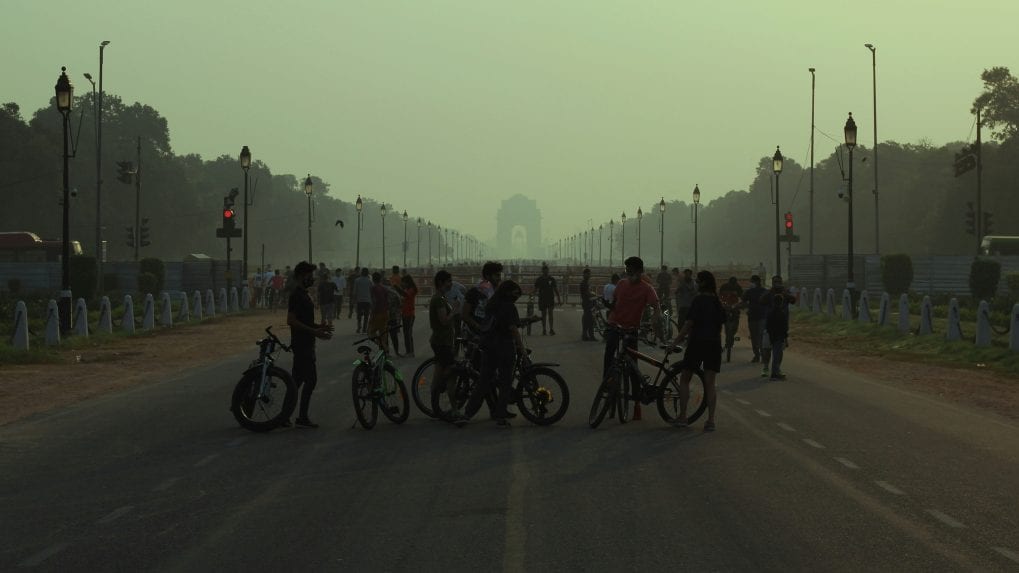Delhi’s air quality plummets to ‘Severe’ levels amid Diwali celebrations
Delhi’s air quality reached “severe” levels during Diwali, with Anand Vihar recording an AQI above 400, as authorities allowed limited use of green firecrackers amid worsening pollution.
ADVERTISEMENT
Delhi awoke Monday to hazardous air, with the city’s Air Quality Index (AQI) reaching “severe” levels in several areas, according to the Central Pollution Control Board (CPCB). Around Akshardham, the AQI was recorded at 411, while readings near the Barapullah Bridge stood at 352, as per reports.
The outlook for the coming days offers little relief. Forecasts suggest that air quality will continue to deteriorate, with “severe” conditions expected to persist through Tuesday and Wednesday, according to reports from PTI.
On the eve of Diwali, the city’s air quality had already taken a sharp downturn. Of the 38 monitoring stations across Delhi, 24 reported pollution levels in the “very poor” category. Anand Vihar, one of the city’s most polluted neighborhoods, recorded an AQI above 400, placing it firmly in the “severe” range. At 4 p.m., the CPCB recorded the citywide AQI at 296—categorized as “poor”—but by 10 p.m., readings had climbed to 306, entering the “very poor” zone.
Several areas registered particularly high pollution levels on Sunday evening: Wazirpur (364), Vivek Vihar (351), Dwarka (335), and RK Puram (323). Other neighborhoods, including Siri Fort, Dilshad Garden, and Jahangirpuri, recorded AQI levels above 310, while Punjabi Bagh, Nehru Nagar, Ashok Vihar, and Bawana all exceeded 300. Data from the Decision Support System (DSS) indicated that transport emissions contributed roughly 15 percent of the city’s pollution on Sunday.
Amid the worsening air quality, the Supreme Court last Wednesday permitted the sale and use of green firecrackers in Delhi-NCR, imposing strict time limits. The court allowed their use from 6 a.m. to 7 p.m. and 8 p.m. to 10 p.m. on the day before Diwali and on the festival itself, in an attempt to balance cultural traditions with public health concerns.
Read more: The official Diwali Ad starter pack: Decoding the universe of Indian Diwali Ads

